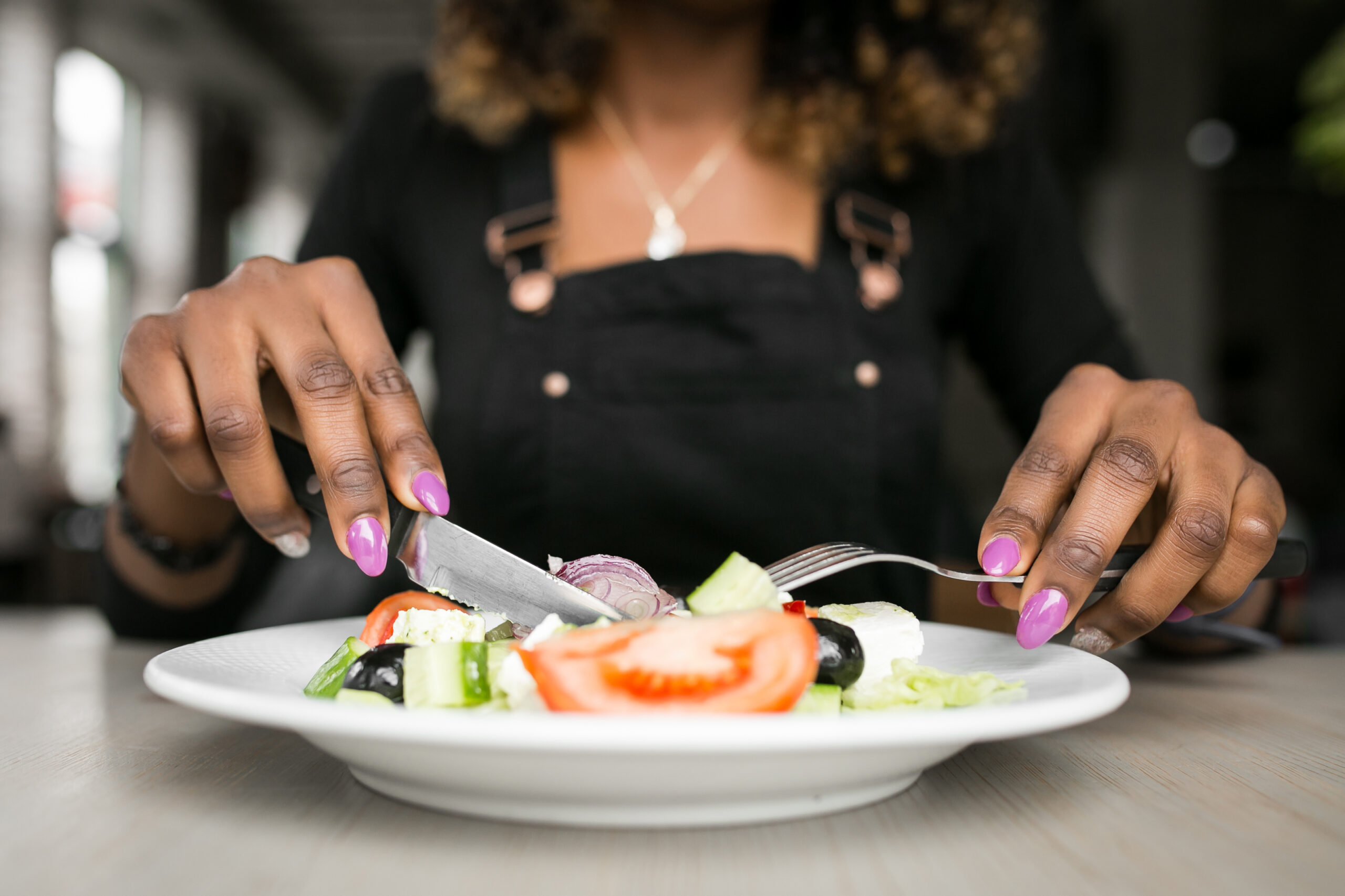
Summer is a season of energy and freedom, longer days, spontaneous adventures, and a relaxed pace of life. It’s also a great opportunity to rethink how we nourish ourselves. Sustainable health isn’t about chasing perfection. It’s about finding a rhythm that aligns with your lifestyle while still giving your body the nourishment it needs.
Instead of striving for an idealized version of “perfect eating,” the focus should be on consistency, variety, and self-awareness. A balanced diet plays a vital role in supporting energy levels, maintaining a healthy weight, boosting immunity, and improving overall well-being. When you incorporate a wide range of nutrients from different food groups, your body can perform at its best, without the pressure of strict rules or rigid meal plans.
This article explores what it truly means to build a balanced plate. Whether you’re planning meals from scratch or throwing together ingredients you have on hand, a simple visual guide can help ensure you’re covering all the essential food categories—protein, vegetables, healthy fats, and complex carbohydrates.
Creating balance on your plate doesn’t mean striving for nutritional perfection at every meal. Instead, it’s about meeting your body’s needs consistently over time—nourishing yourself in a way that fuels your energy, supports your emotional well-being, and allows room for enjoyment and spontaneity. True balance is not rigid; it’s a gentle structure that promotes health while respecting real life.
To start building more balanced meals, reflect on a few simple questions:
Balanced eating is flexible by nature. It’s less about hitting exact numbers or tracking every bite, and more about tuning in to how food makes you feel. When you focus on variety, moderation, and mindfulness, eating becomes a source of nourishment and enjoyment. The goal is to find a sustainable rhythm that supports both your body and your lifestyle—one meal, one choice at a time.
Building a balanced plate doesn’t have to be complicated—it just takes a little intention and a mix of wholesome ingredients. The goal is to include a variety of nutrients that work together to fuel your body, keep you satisfied, and support long-term health. Here’s a simple step-by-step guide to help you create well-rounded meals that nourish and energize you.
Carbohydrates are your body’s primary source of energy, so there’s no need to fear them—in fact, they’re essential. Focus on complex carbs that are high in fiber and minimally processed. These options help regulate blood sugar, support digestion, and keep you fuller for longer.
Consider adding whole grains like brown rice, quinoa, bulgur, farro, or whole wheat bread to your plate. Naturally sweet and fiber-rich veggies like sweet potatoes are also a fantastic and satisfying choice.
While whole grains do offer some protein, it’s important to round out your plate with a dedicated source of either plant-based or animal protein. Protein supports muscle repair, hormone production, and overall strength.
You can choose from options like lentils, beans, grilled chicken, fish, shrimp, tofu, or eggs. Aim for a portion that fits comfortably into your hand—it doesn’t take a lot to make a meaningful impact.
Vegetables add color, crunch, nutrients, and flavor to any dish. They’re rich in vitamins, minerals, antioxidants, and fiber—all of which contribute to long-term health and disease prevention.
Whether you prefer them raw in a salad, sautéed in olive oil, roasted in the oven, or steamed on the stovetop, try to fill at least half your plate with a variety of veggies. Leafy greens, carrots, eggplant, fennel, onions, and Brussels sprouts are all excellent and versatile choices.
Fats often get a bad rap, but they’re a critical part of a nourishing plate. Healthy fats provide long-lasting energy, support brain function, and help your body absorb fat-soluble vitamins like A, D, E, and K.
Look for natural, unrefined sources like extra virgin olive oil, avocados, nuts, seeds, and olives. Fatty fish like salmon or mackerel are another great option, offering both protein and heart-healthy omega-3s.
Don’t underestimate the power of fresh herbs and seasonings—they can transform even the simplest meal into something special.
Herbs like basil, mint, parsley, cilantro, and chives not only boost flavor but also add a burst of antioxidants and color. Earthier herbs like rosemary, thyme, and sage can elevate roasted or grilled components. Use them generously to keep meals exciting and satisfying.
Sticking to a balanced diet can be tough, especially with the easy access to fast and highly processed foods. Here are some tips to help;
Maintaining a balanced diet isn’t always easy, especially with so many convenient, processed food options available. However, prioritizing long-term wellness over short-term indulgence is essential. Start by making small, consistent changes to your eating habits that you can stick with over time.